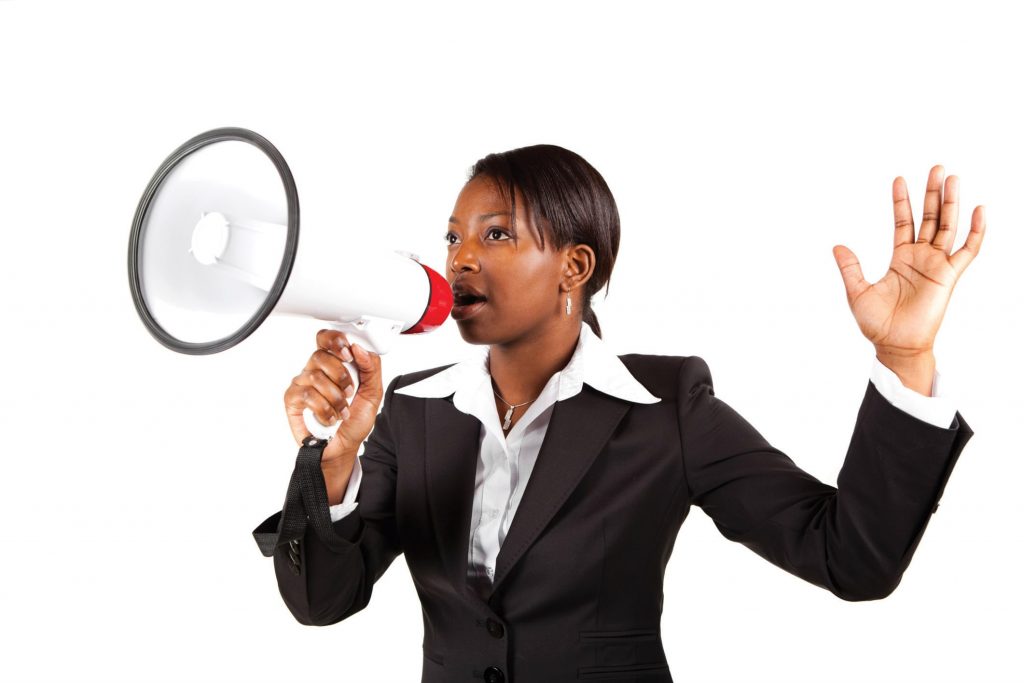
The demand for equality that’s emerging on campuses today is primarily underpinned by two things: identity politics and a perception of individuals as suffering from trauma. Students have become attached to the particular trauma they identify with; they see it as a badge of honor and any perceived slight becomes a threat to their sense of who they are. So says Donald Downs, professor of political science, law and journalism at the University of Wisconsin-Madison.
More than a decade after the publication of his book, Restoring Free Speech and Liberty on Campus, Professor Downs is not confident about the state of academic freedom. “Things go in cycles,” he told me. “In the 1980s and 90s, censorship was driven by political correctness. There was some blowback and things got a little better.
“Now censorship is coming back as liberty and equality are increasingly pitched against each other. This time it’s students who, in the name of equality, are demanding a climate free from offense, waging a war against micro-aggressions and calling for trigger warnings. Students are leading the way in stifling intellectual dissent and academics don’t know how to handle this. Too often they just acquiesce.”
Downs initially supported speech codes at the University of Wisconsin, where he has been a professor since 1980. But watching his colleagues’ “lives and careers ruined by censorship’” changed his mind. In Restoring Free Speech and Liberty on Campus, published in 2004, he charted the attacks on free speech on campuses since the late 1980s, and the campaign he helped coordinate at Wisconsin to get speech codes overturned.
Downs notes that the speech codes had more to do with promoting sensitivity and diversity than with tackling prejudice. This broad-brush approach demanded a code to cover every eventuality and allowed policies to proliferate. The University of Michigan, he said, had 20 separate policies at one point, dealing with such things as climate, harassment, speech and diversity – “they were being made up as they went along.”
Although these codes were often written and implemented by administrators who had little understanding of the academic environment, Downs is clear that faculty cannot be let off the hook: “They let this situation happen.’ Liberal academics, often politically sympathetic to the issues covered, generally trusted administrators to implement policies appropriately. To criticize speech codes, Downs remarks, “was to make a statement that you were insensitive to racism or sexism and few were prepared to do this.”
“During most of the twentieth century, threats to academic freedom came from the political right, and from outside institutions of higher learning. The new attacks on free thought that arose in the later 1980s turned this pattern on its head: they have arisen from leftist sources inside the ivory tower.” The book also provides a salutary lesson in how free speech can be regained. Downs emphasizes throughout that “rights won through politics and legislation are more likely to change people’s thinking because majorities have to be convinced to agree.”
This article is reprinted with permission from Spiked, an online British journal of current affairs.